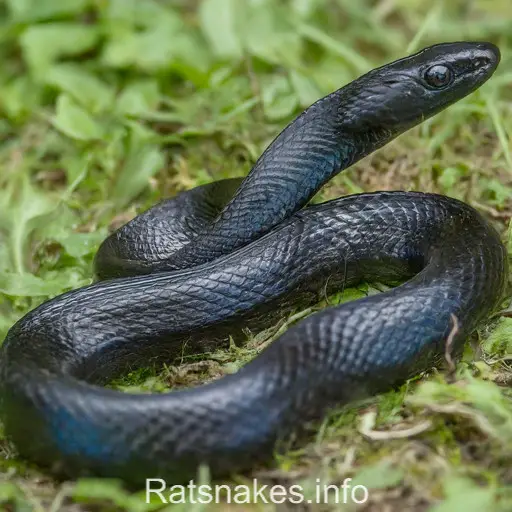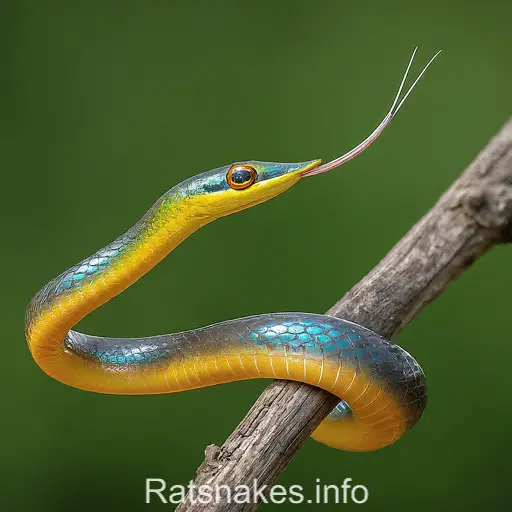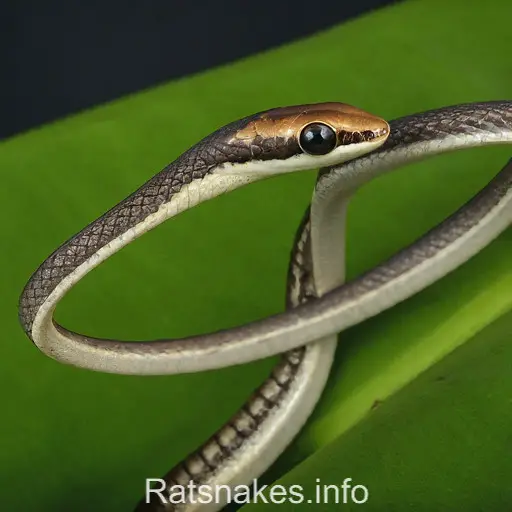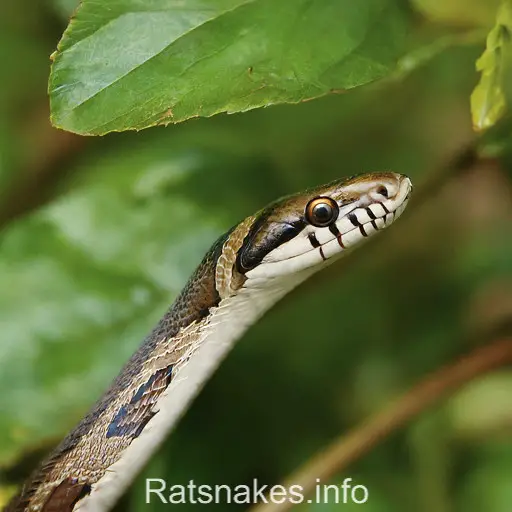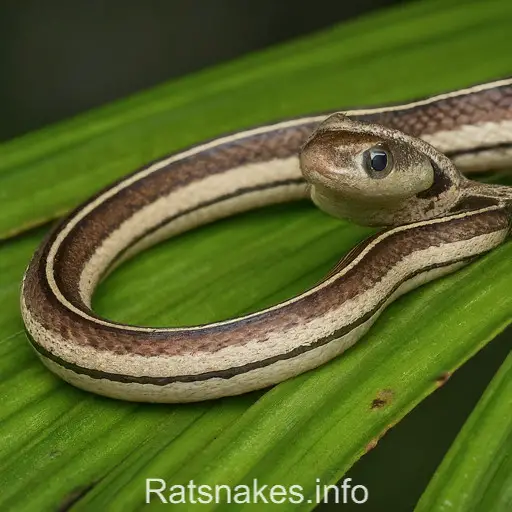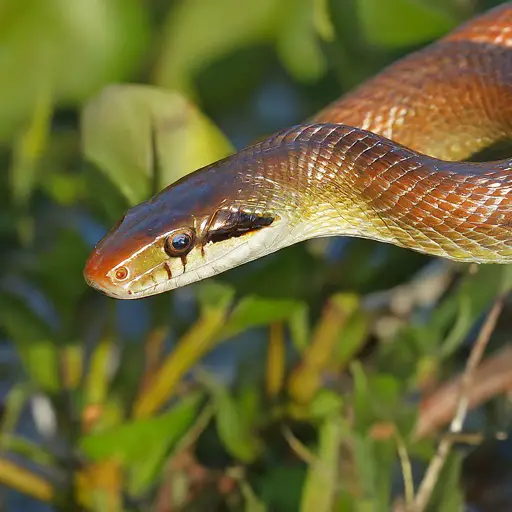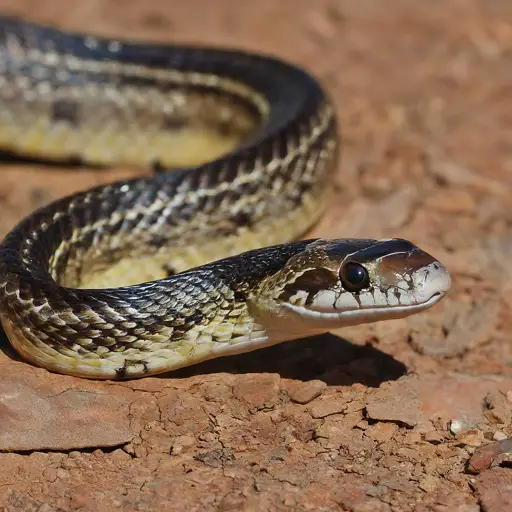
Welcome to our guide on the fascinating Western Rat Snake, also known as Pantherophis obsoletus. These non-venomous reptiles are a common sight in various regions across North America.
With their distinctive appearance and behavior, Western Rat Snakes are often misunderstood creatures. In this article, we’ll delve into their characteristics, habitat, diet, and much more.
Join us as we explore the world of the Western Rat Snake and uncover the secrets of this remarkable species.
Physical Characteristics of Western Rat Snakes
When it comes to the physical characteristics of Western Rat Snakes, there are distinctive features that set them apart. Here’s a glimpse into what makes these snakes unique:
- Western Rat Snakes are moderately sized, typically ranging from 3 to 6 feet in length.
- They have smooth scales with a glossy appearance that can range in color from yellowish to brown or gray, often with dark blotches along the back.
- One of their most recognizable traits is their bold patterning, which helps them camouflage in their natural habitat.
- These snakes possess a keel on each dorsal scale, giving their scales a slightly rough texture.
- Their heads are narrow and elongated, with round pupils and a white or cream-colored chin and throat.
Understanding the physical characteristics of Western Rat Snakes can aid in their identification and appreciation in the wild.
Habitat of Pantherophis obsoletus
We find Western Rat Snakes dwelling in a variety of habitats across the United States. Here are some key points about their habitat:
- They thrive in diverse environments such as forests, grasslands, swamps, and rocky hillsides.
- These adaptable creatures are also commonly spotted near streams and ponds.
- In the wild, they seek refuge in rock crevices, underground burrows, and tree hollows.
- Their preferred habitats provide ample opportunities for hunting prey while offering suitable shelter.
Understanding the habitat of Pantherophis obsoletus is crucial for conservation efforts and appreciating their role in the ecosystem.
Diet of Western Rat Snakes
Western Rat Snakes have a diverse diet, which plays a crucial role in maintaining ecosystem balance. Here are some key points about their feeding habits:
- Rodents: A significant portion of a Western Rat Snake’s diet consists of rodents such as mice, rats, and voles.
- Birds: They are known to feed on bird eggs, nestlings, and sometimes adult birds.
- Amphibians: Western Rat Snakes also consume a variety of amphibians like frogs, toads, and salamanders.
- Insects: Their diet may include insects such as crickets, grasshoppers, and beetles.
- Other Small Animals: Additionally, they may prey on other small creatures like lizards and small snakes.
By preying on these animals, Western Rat Snakes help control population levels of certain species while serving as prey for larger predators. They play a vital role in maintaining the natural balance within their habitat.
Reproduction and Life Cycle
When it comes to the Reproduction and Life Cycle of the Western Rat Snake, there are some fascinating aspects to explore. These snakes mate in the spring months typically between April and June. After mating, the female snake will lay a clutch of eggs usually between 5 to 30 eggs in secluded areas such as rotting logs or mammal burrows.
The incubation period for Western Rat Snake eggs is around 60 days, during which the female provides no parental care. Upon hatching, the young snakes are independent and must fend for themselves from the very beginning. They grow rapidly, shedding their skin periodically as they increase in size. Western Rat Snakes reach sexual maturity at around 3-4 years of age.
Interestingly, these snakes have quite a long lifespan compared to other similar species. On average, Western Rat Snakes can live up to 20 to 30 years in the wild, provided they have access to sufficient food sources and suitable habitats. This extended lifespan allows them to play a significant role in their ecosystems over an extended period.
Conservation Status of Pantherophis obsoletus
When it comes to the conservation status of the Western Rat Snake (Pantherophis obsoletus), it’s essential to note that these snakes face various threats in their natural habitat. Habitat destruction due to urban development and agricultural activities poses a significant risk to their populations. Additionally, illegal collection for the pet trade and road mortality are pressing issues that need to be addressed to ensure the continued survival of these snakes.
Despite these challenges, efforts are being made to conserve the Western Rat Snake. Habitat preservation and restoration projects play a vital role in providing safe spaces for these snakes to thrive. Public awareness campaigns about the importance of these snakes in the ecosystem help promote their conservation. Moreover, regulatory measures to combat illegal collection and enforce laws protecting these snakes are crucial for their long-term survival.
It’s worth highlighting that the IUCN Red List currently categorizes the Western Rat Snake as a species of Least Concern. This designation is a reflection of the conservation efforts in place and the relatively stable populations of these snakes. However, continuous monitoring and conservation actions are necessary to ensure that the Pantherophis obsoletus remains a thriving species in the wild for generations to come.
Key Takeaways
- Western Rat Snakes, also known as Pantherophis obsoletus, are non-venomous reptiles commonly found in North America.
- They have moderate size, glossy scales with various colorations, distinctive patterning for camouflage, and unique keels on dorsal scales.
- Western Rat Snakes thrive in diverse habitats such as forests, grasslands, and near water bodies, utilizing rock crevices and tree hollows for shelter.
- Their diet includes rodents, birds, amphibians, insects, and other small animals, playing a crucial role in maintaining ecosystem balance.
- Reproducing in spring, females lay 5-30 eggs in secluded areas, with an incubation period of 60 days, and offspring reaching maturity in 3-4 years, living up to 20-30 years.
- Conservation efforts are vital due to threats like habitat destruction, illegal trade, and road mortality, with initiatives focusing on habitat preservation, public awareness, and regulatory measures to protect Western Rat Snakes.
Conclusion
It’s evident that the Western Rat Snake faces various threats that necessitate conservation actions. Despite being listed as a species of Least Concern, ongoing efforts are vital for their long-term survival. By focusing on habitat preservation, raising public awareness, and enforcing regulations, we can contribute to the protection of these snakes. Our collective actions play a crucial role in ensuring the well-being of the Western Rat Snake population. Let’s continue to support conservation initiatives and monitor the status of these snakes to secure a sustainable future for this species.

